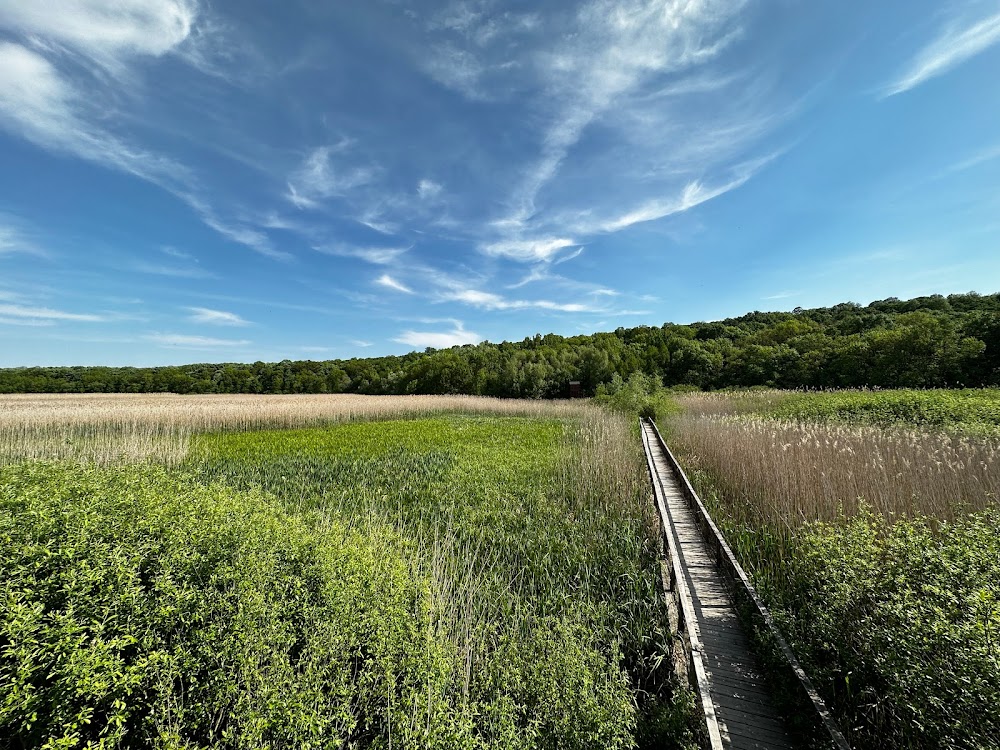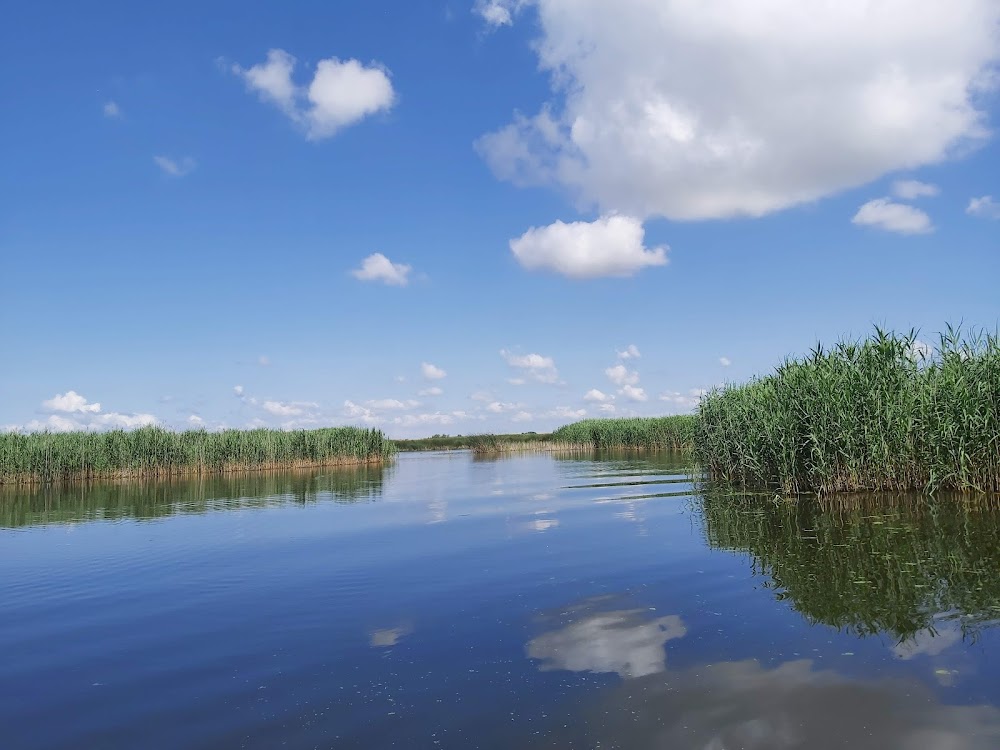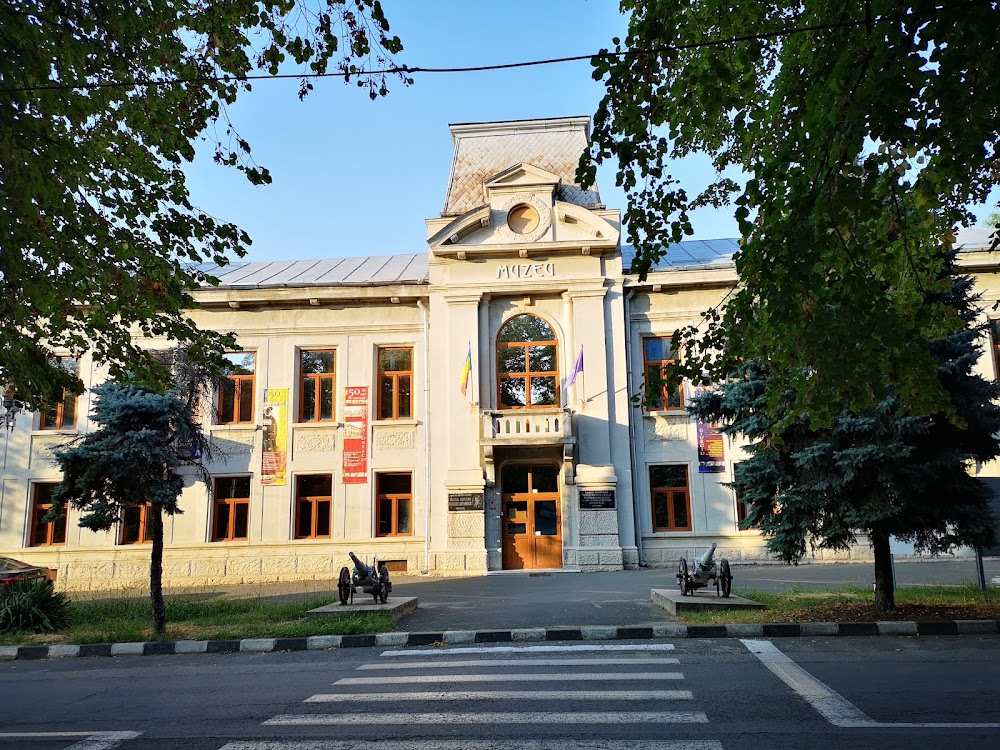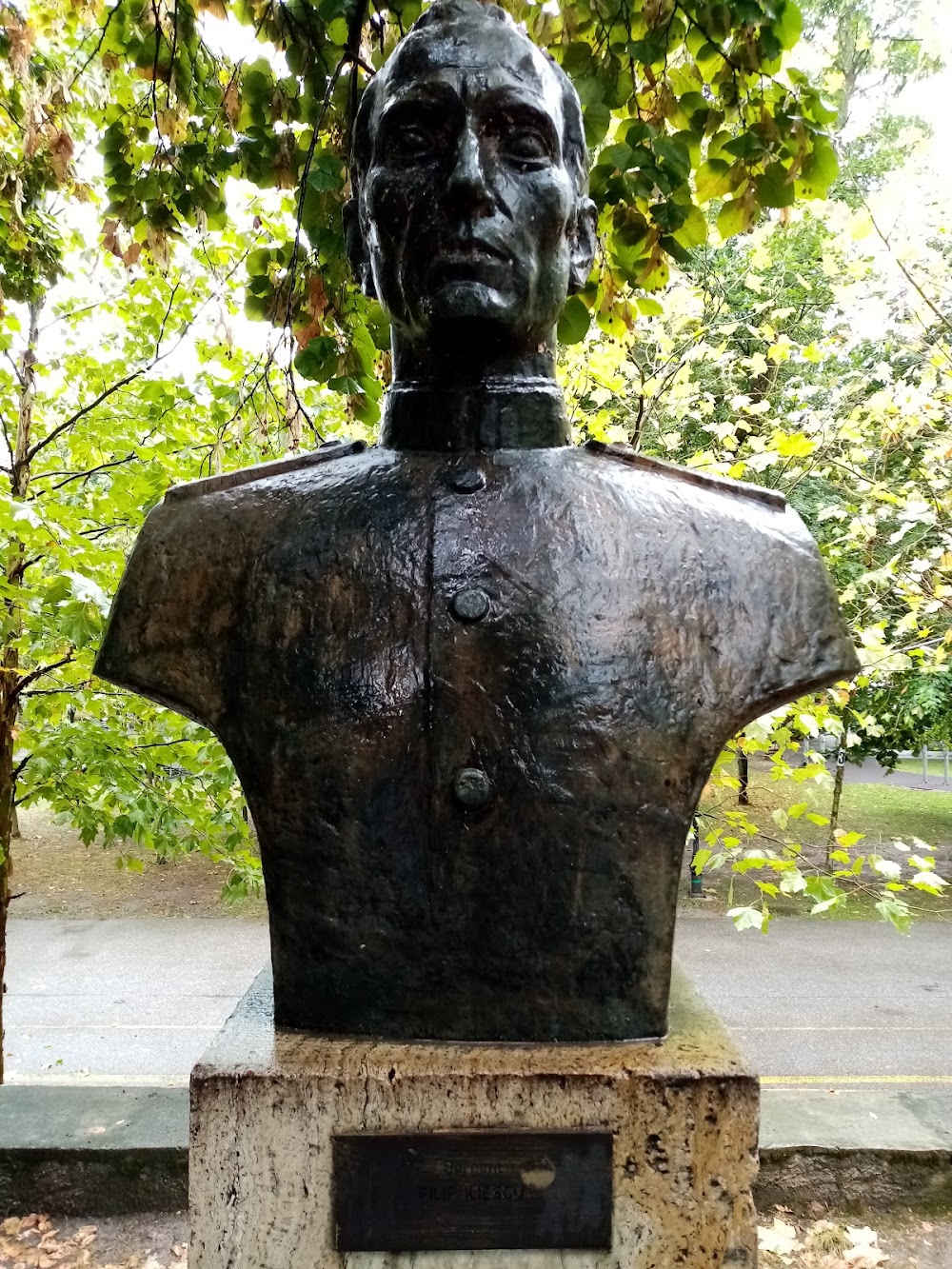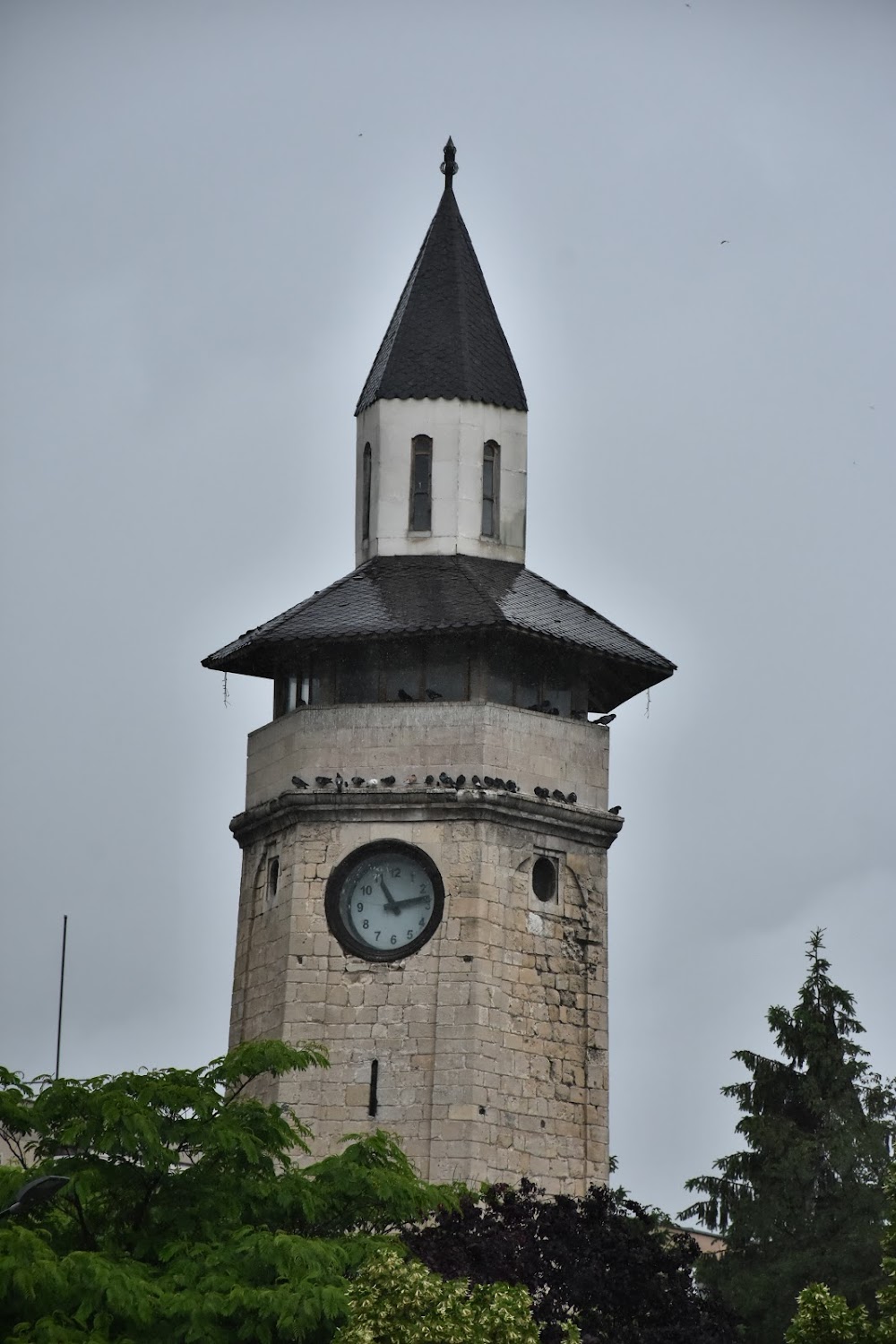Comana Natural Park (Parcul Natural Comana)
Overview
Comana Natural Park, nestled in Giurgiu County, Romania, is a stunning and ecologically-rich sanctuary that spans approximately 24,963 hectares. As a haven for nature enthusiasts and a protector of biodiversity, this park was established to conserve the unique ecosystems, flora, and fauna that thrive in this remarkable region. The history of Comana Natural Park is as captivating as the diverse wildlife it strives to shield.
The Origins of Comana Natural Park
At the heart of the park lies the Comana Forest, one of the last and largest remnants of the ancient woodlands that once flourished in this area. Acknowledging its ecological significance, the Romanian government and local conservationists took action in the early 2000s to protect this vital habitat. Officially founded in 2004, Comana Natural Park was created to maintain the delicate balance of wetlands, forests, meadows, and waterways, which serve as vital homes for a multitude of species.
Research and Conservation Efforts
The park's development began with extensive research and planning. Teams of ecologists, botanists, and zoologists conducted thorough surveys to catalog the diverse species inhabiting the park and to gain a deeper understanding of their habitats. These studies were instrumental in identifying crucial areas for protection, including wetlands that serve as breeding grounds for rare bird species and ancient forests that shelter threatened plant and animal life.
Among these vital ecosystems is the Comana Wetland, designated as a Natura 2000 site and recognized as one of Romania's largest wetland systems. This area is particularly renowned for its rich avian population, hosting species like the pygmy cormorant and ferruginous duck, along with large flocks of herons and egrets. The conservation of these wetlands was prioritized, as they play a critical role in preserving regional biodiversity.
Infrastructure and Visitor Experience
Building infrastructure to support both park operations and visitor experiences was a key step in the park's development. Thoughtfully designed trails were established to minimize environmental impact, allowing guests to immerse themselves in the natural beauty while preserving the delicate habitats. Observation towers and hides were constructed to enhance wildlife watching, with birdwatching emerging as one of the park's main attractions.
Community Engagement and Education
In addition to its conservation efforts, park management has prioritized engaging the local community. Educational programs have been developed to raise awareness about the importance of biodiversity and the specific conservation needs of the park. Schools and local organizations are encouraged to participate in activities such as tree planting, habitat restoration, and wildlife monitoring, fostering a sense of stewardship among community members.
Ongoing Conservation Initiatives
The commitment to maintaining and enhancing the park's ecosystems continues to this day. Regular monitoring of wildlife populations and habitats is conducted to evaluate the effectiveness of conservation measures, allowing for timely adjustments as needed. Restoration projects, including reforestation initiatives and the re-establishment of native plant species, are consistently undertaken to support the park's ecological integrity.
Cultural Heritage and Historical Significance
Comana Natural Park is not only a refuge for wildlife but also a site of significant historical and cultural importance. Among its treasures are the ruins of the Comana Monastery, founded by Vlad the Impaler in the 16th century, which adds a layer of intrigue to the area. This historical landmark enriches the visitor experience, seamlessly blending nature conservation with cultural heritage.
A Testament to Collaboration
Today, Comana Natural Park stands as a testament to the successful collaboration among conservationists, government bodies, and local communities. It provides a vital sanctuary for countless species and a serene retreat for visitors seeking to connect with nature. With ongoing protection and careful management, the diverse ecosystems of Comana Natural Park will continue to flourish for generations to come.


